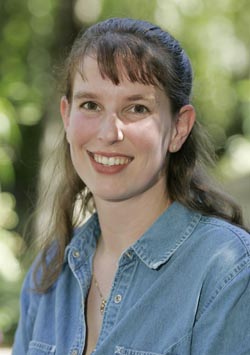On June 13, Pennsylvania joined 32 other states when it passed a clean indoor air law protecting the public from exposure to secondhand smoke.
“This is a good first step,” said Jennifer Ibrahim, Temple University assistant professor of public health, “but now it is up to individuals and families to make their homes and cars smoke-free too.”
Ibrahim is co-author of a briefing on smoke-free policies and second-hand smoke in the July issue of Lancet Oncology from the International Agency for Research on Cancer.
She and her colleagues reviewed the global body of peer-reviewed published research and government reports regarding the health, economic and social impact of exposure to secondhand smoke.
